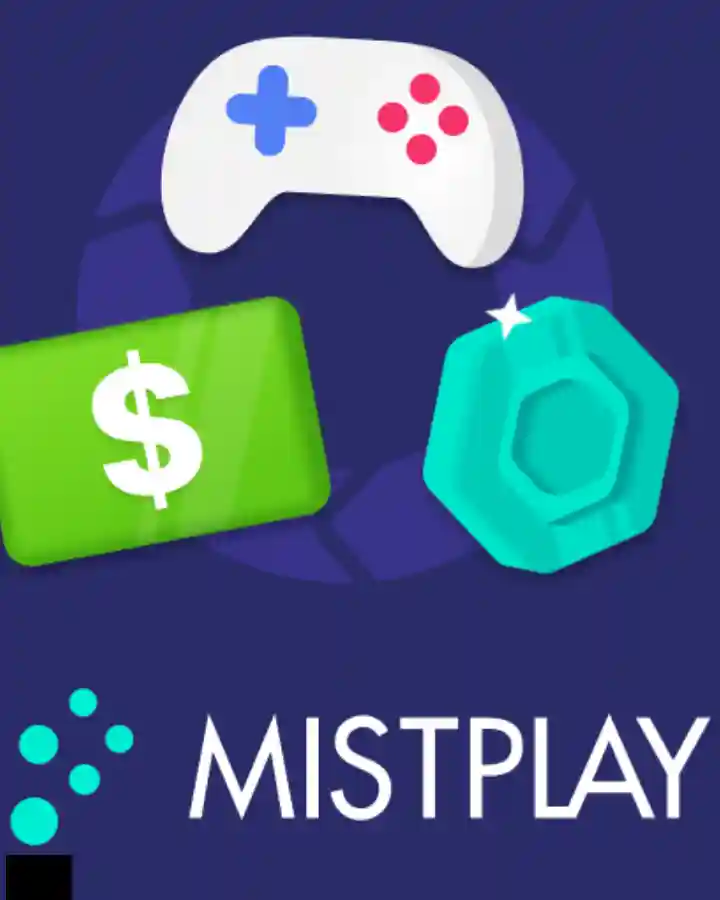How to Get Your Instant Card Number Quickly and Easily
Living with overwhelming debt can feel like being trapped in a dark room with no windows.
Every phone call could be a collector. Every piece of mail could be another past-due notice. The stress is constant, affecting your sleep, your relationships, and your overall well-being.
When you’re in that situation, making your minimum monthly payments feels impossible, let alone ever paying the debt off. It’s a cycle of anxiety that can make you feel completely hopeless.
But it’s important to know this: you are not alone, and there is a way out.
There are legitimate, structured programs designed to help people in your exact situation. These are known as debt relief programs.
Choosing the right path, however, is critical. The world of debt relief is filled with both reputable helpers and predatory companies.
This guide will help you understand your options and find a safe and effective path to financial freedom.
What is “Debt Relief”? Understanding Your Options
“Debt relief” is a broad term that covers several different strategies for managing overwhelming unsecured debt (like credit cards, medical bills, and personal loans).
It’s not a single solution, but a toolbox of different approaches.
The right one for you depends entirely on your specific financial situation—how much you owe, what your income is, and what your long-term goals are.
Let’s break down the three main types of legitimate debt relief programs.
1. Debt Management Plan (DMP): The Structured Payoff
A Debt Management Plan is arguably the safest and most common form of debt relief, and it’s offered by nonprofit credit counseling agencies.
How it works: You’re not taking out a new loan. Instead, a certified credit counselor works with you to create a budget.
They then negotiate with your creditors on your behalf to potentially lower your interest rates and get fees waived.
You then make one single, affordable monthly payment to the credit counseling agency, and they distribute the money to your creditors.
- Who it’s for: This is perfect for someone who has a steady income and can afford to pay back their debt in full, but is being crushed by high interest rates. You need a structured plan and lower interest to make progress.
- The Big Advantage: It’s a disciplined, straightforward way to pay off your debt, typically within 3 to 5 years. It can also be less damaging to your credit score than other options because you are still repaying what you owe.
- Where to find it: Always start with a reputable nonprofit credit counseling agency accredited by the National Foundation for Credit Counseling (NFCC) or the Financial Counseling Association of America (FCAA). Companies like Money Management International (MMI) and GreenPath Financial Wellness are excellent, trusted examples.
2. Debt Settlement: The Negotiation Tactic
Debt settlement is a more aggressive approach and comes with more risks. This is the service offered by for-profit “debt relief” companies you often hear about on the radio.
How it works: Instead of paying your creditors, the debt settlement company instructs you to make monthly payments into a special savings account that you control.
While you’re saving up money, the company attempts to negotiate with your creditors to get them to accept a lump-sum payment that is less than the full amount you owe (a “settlement”).
- Who it’s for: This might be an option for someone who is already delinquent on their payments and simply does not have the income to ever pay back the full amount owed.
- The Big Risks: This is a critical point. While you’re saving money, you’re not paying your bills. This will cause serious damage to your credit score. Your accounts will go into default, and you will likely receive calls from collectors. There is also no guarantee that your creditors will agree to settle. You could end up in a worse position, with a trashed credit score and facing potential lawsuits.
- How to approach it: Be extremely cautious. Only work with companies that have a long track record and are compliant with Federal Trade Commission (FTC) rules, which state they cannot charge you a fee until they have successfully settled a debt for you.
3. Bankruptcy: The Legal Reset Button
Bankruptcy is often seen as a last resort, but it is a powerful, legal tool that can provide a true fresh start. The stigma surrounding it is often worse than the reality.
How it works: Bankruptcy is a legal process overseen by a federal court. There are two main types for individuals:
- Chapter 7 (Liquidation): This is designed to wipe out most of your unsecured debts completely. You may have to sell certain non-exempt assets to repay creditors, but many essential assets (like your primary home and car, up to a certain value) are protected.
- Chapter 13 (Reorganization): This is a repayment plan. You work with the court to create a plan to repay a portion of your debts over a 3-to-5-year period. It’s often used by people who have a regular income but need help getting their debts under control.
- Who it’s for: People who are so deep in debt that even a DMP or debt settlement won’t be enough to solve the problem. It provides immediate protection from creditors and lawsuits.
- The Big Consequence: Bankruptcy will have a severe, long-lasting impact on your credit score, staying on your report for 7 to 10 years. However, many people find that their credit score begins to recover surprisingly quickly once they are free from the crushing weight of their old debt.
- How to approach it: You absolutely must speak with a qualified bankruptcy attorney. They can review your situation and tell you if this is a viable and beneficial option for you.
How to Choose the Right Path for You
Navigating these options can be confusing. Here is a simple action plan:
- Start with a Free Credit Counseling Session: Your very first step should be to contact a reputable, nonprofit credit counseling agency from the NFCC network. The initial consultation is free and comes with no obligation.
- Be Honest About Your Situation: During your counseling session, be completely open about your income, your expenses, and all your debts. A good counselor is not there to judge you; they are there to help you understand your options objectively.
- Understand the Pros and Cons: The counselor will lay out the paths available to you. They might recommend a Debt Management Plan. They might tell you that your situation is severe enough that you should consider debt settlement or speak with a bankruptcy lawyer.
- Avoid the “Too Good to Be True” Promises: Be extremely wary of any for-profit company that promises to cut your debt in half or makes guarantees that sound magical. Legitimate help is about creating a realistic plan, not selling a fantasy.
There is Hope
Feeling overwhelmed by debt is a heavy burden, but it doesn’t have to be a life sentence.
By understanding the legitimate debt relief programs available, you can replace that feeling of hopelessness with a concrete plan of action.
Taking that first step—making that call to a nonprofit credit counselor—is often the hardest part. But it’s also the first step on your path back to financial stability and peace of mind.





